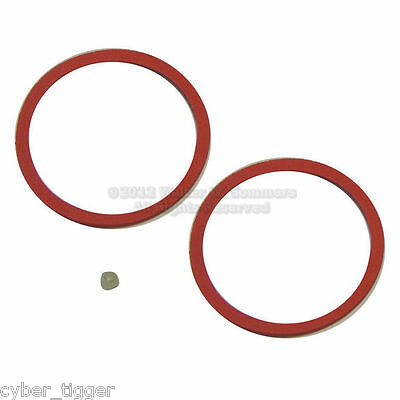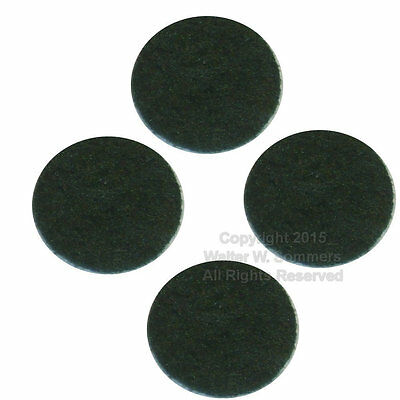-40%
PAPER MACHE RCA Nipper Dog 36 " tall 1938
$ 1214.39
- Description
- Size Guide
Description
One of the rarest and most valuable Nippersit is 1938 Nipper
with detachable head and a window for speaker covered with a metallic grill (speaker would be attached to the grill).
It is 36H and 16 wide
Paint (antique white) has been professionally refinished
Head attached with screws hidden by the collar
wait for final invoice, s & h fees of $ will be added to final invoice, insurance is a must (also will be added to shipping cost)
Shipping will include two separate boxes, sipping cost to be calculated after it is packed (it is in a protective crate, and box will be around it), wait for final invoice, s & h fees of $ will be added to final invoice, insurance is a must (also will be added to shipping cost)
Approximate size of boxes for shipment
28 X 37 x 42 (about 36 lbs)
24 x 24 x24 (about 12 lbs)
Papier mache nippers are extremely rare and collectible: they were never offered to the general public. The few were produced were only for dealers for promotional and display purposes/ They were made in 1917 and 1916.
In 1938 Nipper with detachable head and a loudspeaker was produced to advertise new products and records
http://www.nipperhead.com/old/nipper.htm
http://www.intertique.com/The%20phonographic%20menagerie.htm
http://www.collectingpapermemories.com/nipper.html
The earliest papier mache Nipper may date from 1912, although most seen are from the 1920s. The first Nippers viewed the world through glass eyes; detachable heads and grill cloths evolved after the merger with RCA in 1929; hard rubber Nippers came on the scene in the late 30s. The earliest Nippers had a lean and muscular look, but as the years wore on Nipper became a pudgier dog
The process of production in papier mache began with clay sculptures of the most detailed areas. From these were cast plaster molds. Plaster was the prevailing mold-making material in the era before the advent of silicone and polyurethane, and was cheap and easy to handle. After curing, the mold, sometimes made in two or more sections, would be opened and the clay sculpture removed. Then layers of paper strips wetted with a paste mixture were pressed into the recesses of the mold. The casting would be allowed to dry to a leather-hard state before being removed for further drying so the mold could be re-used.




















